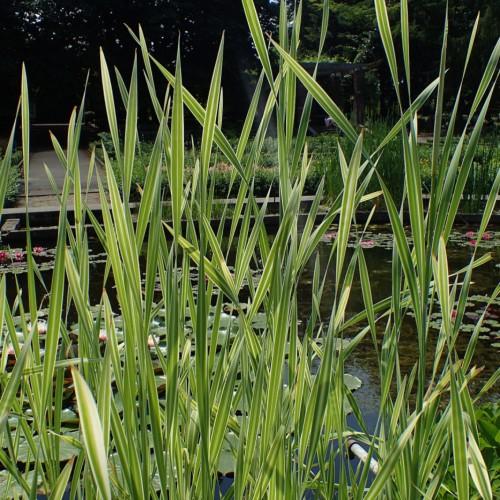
variegated manna grass
Glyceria maxima 'Variegata'
Cycle:
Herbaceous Perennial
Watering:
Average
Hardiness Zone:
5
Flowers:
Flowers In Spring
Sun:
full sun,part sun/part shade
Fruits:
Fruits Ready In Spring
Leaf:
Yes
Growth Rate:
High
Poisonous To Pets:
Yes
Salt Tolerant:
Yes
Invasive:
Yes
Indoors:
Yes
watering
Creeping Charlie is a drought-tolerant plant species, meaning that it prefers less water than many other plants. For best results with this species, water regularly to keep the soil slightly damp but not wet. It is recommended to water your Creeping Charlie about once a week, depending on the temperature, humidity, and other environmental conditions. It is important to note that if the soil is too wet and soggy, the plant can suffer from root rot. Be sure to check the moisture levels before watering to ensure you don't overwater your Creeping Charlie.
sunlight
Creeping Charlie prefers bright, indirect sunlight and should receive at least 4 hours of sunlight a day. During the summer months it can also thrive in more direct sunlight, though it is important to protect this plant from any hot afternoon sun. During the winter months, when days are shorter, provide 4 hours or more of bright, indirect sunlight daily.
pruning
Creeping Charlie should be pruned regularly to help keep it in a compact shape to prevent it from becoming sparse and leggy. It can be pruned as often as needed but generally pruning should be done at least twice a year. Prune in the early spring to promote vigorous growth for the remainder of the season and in late summer to prevent the plant from spreading too much. It's important to make sure you are removing any dead foliage or stems. When pruning, remove no more than 1/3 of the total foliage.
